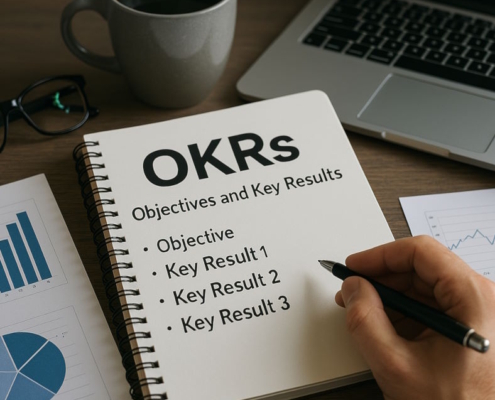What Are Employee Loans?
Unfortunately, it is a common for many Americans to be living paycheck to paycheck. This is worrying not only for the individuals who fear running out of money, but also for the U.S. economy at large. Recently, the situation has only become worse, with 63% of American workers being one paycheck away from financial trouble.
With this many individuals at risk of financial hardship, employees are able to ask their employers for a loan. Traditional employee loans are subject to a number of complications, especially for the employer involved. That said, there is another form of employee loan agreement offered by a third party that reduces the complexity of the situation.
Of course, no employee loan comes without costs and benefits worth serious consideration. So, it is a good idea for an employee to understand these pros and cons before making any big decisions.
This article will review the definition of employee loans, as well as this type of loan’s advantages and disadvantages.
First, let us discuss what employee loans are.
There are two kind of loans which are commonly referred to as ‘employee loans.’ The first type of loan occurs when an employer lends money to one of their employees. The employer is responsible for setting the terms and conditions of the loan, which can vary greatly according to the employer and the situation. But, similar to a traditional loan, the loaned amounts tend to come with an interest rate attached. Also, they demand as fixed repayment schedule.
The second type of employee loan involved a third-party lending money through an employer’s benefits to an employee. Some companies that provide this service include Salaryfinance.com and TrueConnect.
When Are Employee Loans Given Out?
Employee loans are generally offered to employees who are suffering from financial difficulties or who need to pay for emergency expenses. The specific situation can differ depending on the employer and employee. If an employer chooses to offer employee loans, they tend to create policies that establish which situations warrant a loan.
What Are the Pros of Employee Loan Programs?
-
This Kind of Financing Can Benefit Employees
For an entrepreneur, one of the best things about running a business is the ability to provide economic opportunities for others. In that regard, employee loans can help a business owner’s employees get through a difficult time in their life. Offering a loan to an employee in need can be very rewarding for an employer, even if all they get in return is their loan repayment.
-
Can Help Attract Employees
When a business offers employee loans as a benefit, this can attract prospective employees. It is therefore a powerful tool for recruiting new workers. Also, it signals to prospective employees that the business owner cares about the people who work for his or her company.
-
Can Help Improve Productivity
More and more research has shown that financial hardship negatively affects worker productivity. Naturally, this makes sense, because time spent stressing about money means poor mental health and less motivation. Financial assistance can help reduce the burden on employees.
What Are the Cons of Employee Loan Programs?
-
Time-Consuming to Give Out
If an employer decides to create an employee loan program, then it is important he or she knows how to structure the program correctly. If this is not done properly, then a business owner can expose themselves to tax and other liabilities.
Employee financing needs to be well documented, which means that offering this kind of loan results in administrative headaches. Then again, if a business owner decides to use employee loans via a third party, then the administrative workload can be reduced significantly if not removed entirely.
-
High Risk of Loss
If a business owner lends money to an employee and the borrower does not pay it back on time or in full, then it can be difficult to collect the balance. It is illegal to force repayment using tactics such as wage garnishment. It would also not be worthwhile taking the matter to court, because the court expenses will end up costing more than the value of the loan.
This means that if an employee fails or refuses to repay the loan, there is not much an employer can do. Third-party loans reduce the risk an employer takes on, however, because the third-party is responsible for collecting loan payments.
-
High Opportunity Cost
When a business owner offers employee loans, he or she promises to devote time and money into a project that may result in money lost. It also means that the owner is taking time and money away from growing his or her business. Thus, employee loans have a high opportunity cost for employers.
Conclusion
Before a business owner decides to lend money to his or her employees, they should think about alternatives. If an employee is in financial trouble, then perhaps their employer could offer a paycheck advance or a third-party loan.
A paycheck advance gives money to an employee earlier than usual to cover a shortfall. This is a great alternative to a loan because the business owner’s risk is limited to the value of the advanced paycheck. Also, third-party employee loans reduce employer risk while getting money to employees who need it.
If an employer decides to offer employee loans, then he or she should be sure to consider the risks, as well as the various alternatives available to them. The decision is not one to be taken lightly.































